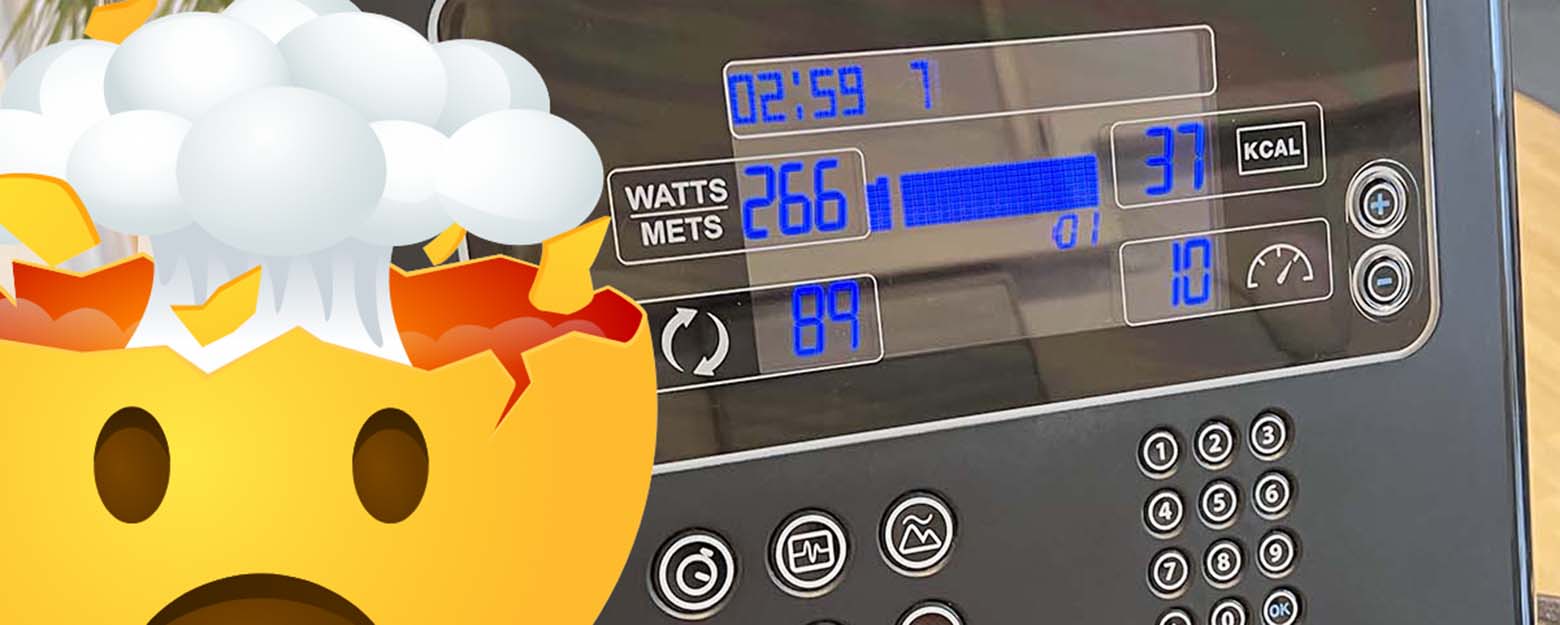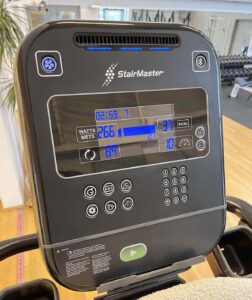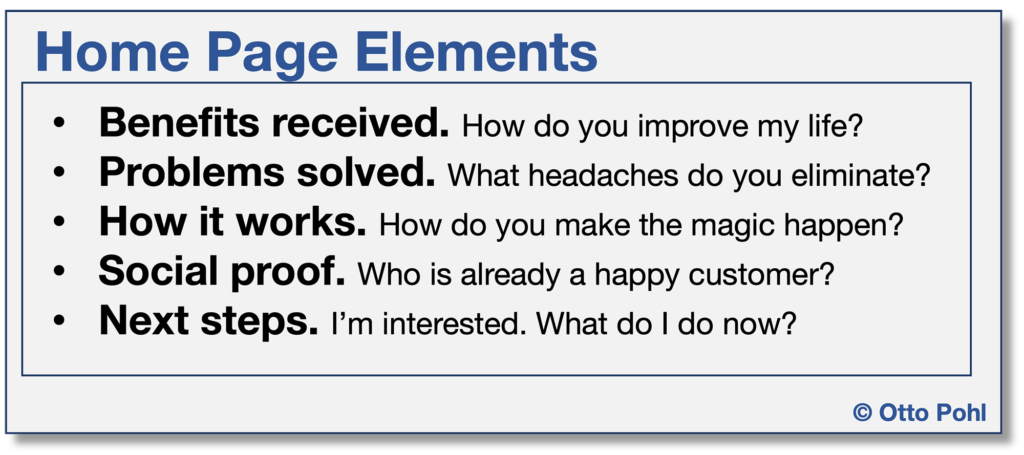
Is Your Story Worse Than Gym Equipment?
I went to the gym yesterday. I don’t like gyms. But it’s too cold and snowy to bike here in Germany and I won’t be back in Montana for weeks, where I can Nordic ski.
I got on a Stairmaster and tried to select a program. The interfaces of gym equipment SUCKS. These machines aren’t the newest versions with big screens, and everything about them screams “an engineer designed this.” Look at this thing!
I don’t know or care about METS. How do I customize my workout? What is that sun icon in the bottom left? As I sweated, I thought about how startup websites are often like the Stairmaster user interface. They’re both created by people who are looking at the world from the inside out, from product to user instead of the other way around. The result is something that makes sense only if you already understand it. It’s all there if you know where to look, but to anyone else it’s frustrating and useless.
Think about all the things you do to get potential partners and customers to become aware of you. They finally come to your website. Don’t lose them.
Below is a website recipe I’ve distilled from the thousands of sites I’ve reviewed or written. All the usual disclaimers apply—every company has nuance, and rules are meant to be broken. But start from this and you’ll avoid the mistakes I see your competitors making.
Why is this worth your time? Aside from a better website, here’s why: The story your home page tells should be an elegant cascade. You meet the audience where they are, then gently guide them to where you want them to go. As a founder, you will repeat this story in a thousand variations over the course of the company’s life, so working through it here is a very valuable exercise.
Broadly, the story you tell your audience unfolds as follows:
- Motivate them: Why should they be interested
- Explain it to them: What is the product and what benefits will they get
- Activate them: How do they take the next step
You cover these 3 steps with the following 5 elements:
Notes:
- Benefits received and Problems solved are not product-specific. The fact that your product latency is the lowest in the industry is not a benefit received or problem solved (unless high-latency among competitive products is a specific issue that is well known among your customer set and a specific reason for purchasing your product.) Think about it this way: what you’re looking for are pain points a customer has or outcomes they desire before they learn about your company.
- How It Works answers how your company solves the problems and enables the benefits. Are you faster and cheaper? Did you invent a new process? Does your fancy AI algorithm solve a previously hard problem?
- Social proof is anything that makes it clear you already have happy customers. Customer logos, customer quotes, case studies, 5-star review counts are all excellent. It’s hard to have too much of this stuff. If your website is a restaurant, your social proof points are other diners. No one wants to walk into an empty restaurant.
The Multi-Audience Challenge
A lot of founders get confused when there are multiple audiences. There are 3 kinds of multi-audience startups:
- Multi-segment audience: this is when you’re selling to distinct customer groups, that may receive different benefits, have different purchase motivations, and a different sales process. For example, if you’re selling into both the telecom and defense industries, or K-12 schools and the government.
- Multi-channel audience: For example, you sell both to patients as well as through doctors.
- Multi-sided audience: 2-sided marketplaces are classic examples, such as a staffing agency; you’re pitching to both employees and employers.
The more different their benefits from and interactions with your product, the sooner you want to invite them to click to inside pages expressly written for them. A staffing agency pitch is very different to customers vs workers.
Everyone asks, what about investors and employees? Push them to the About Us or Company pages. The website isn’t where you sell them. One exception is if you are an early-stage, long-term play where, for now, investors are your customers, and your product is a high-risk, high-return payoff. Quantum computing and cold fusion startups are good examples here.
The hero section of your home page, which is the part you can see before you start scrolling, alludes to all 5 elements described above. It looks like this:
Then you expand on each of these 5 points below. There’s no strict order, but you should touch on all 5.
Take a look at your website. How could you make it better today?
Otto Pohl is a communications consultant who helps startups tell their story better. He works with deep tech, health tech, and climate tech leaders looking to create profound impact with customers, partners, and investors. He has taught entrepreneurial storytelling at USC Annenberg and at accelerators across the country. Learn more at www.corecommunicationsconsulting.com



